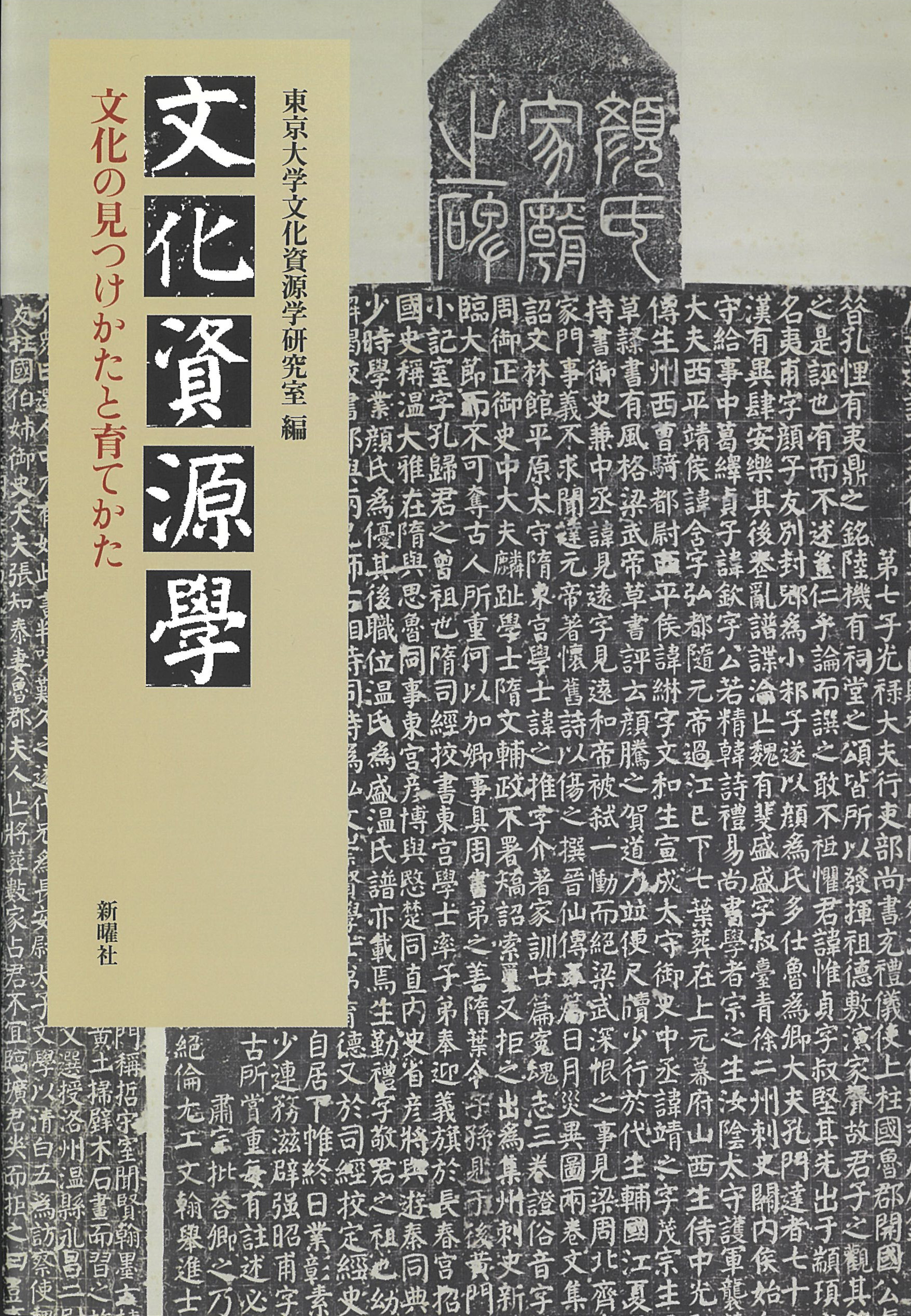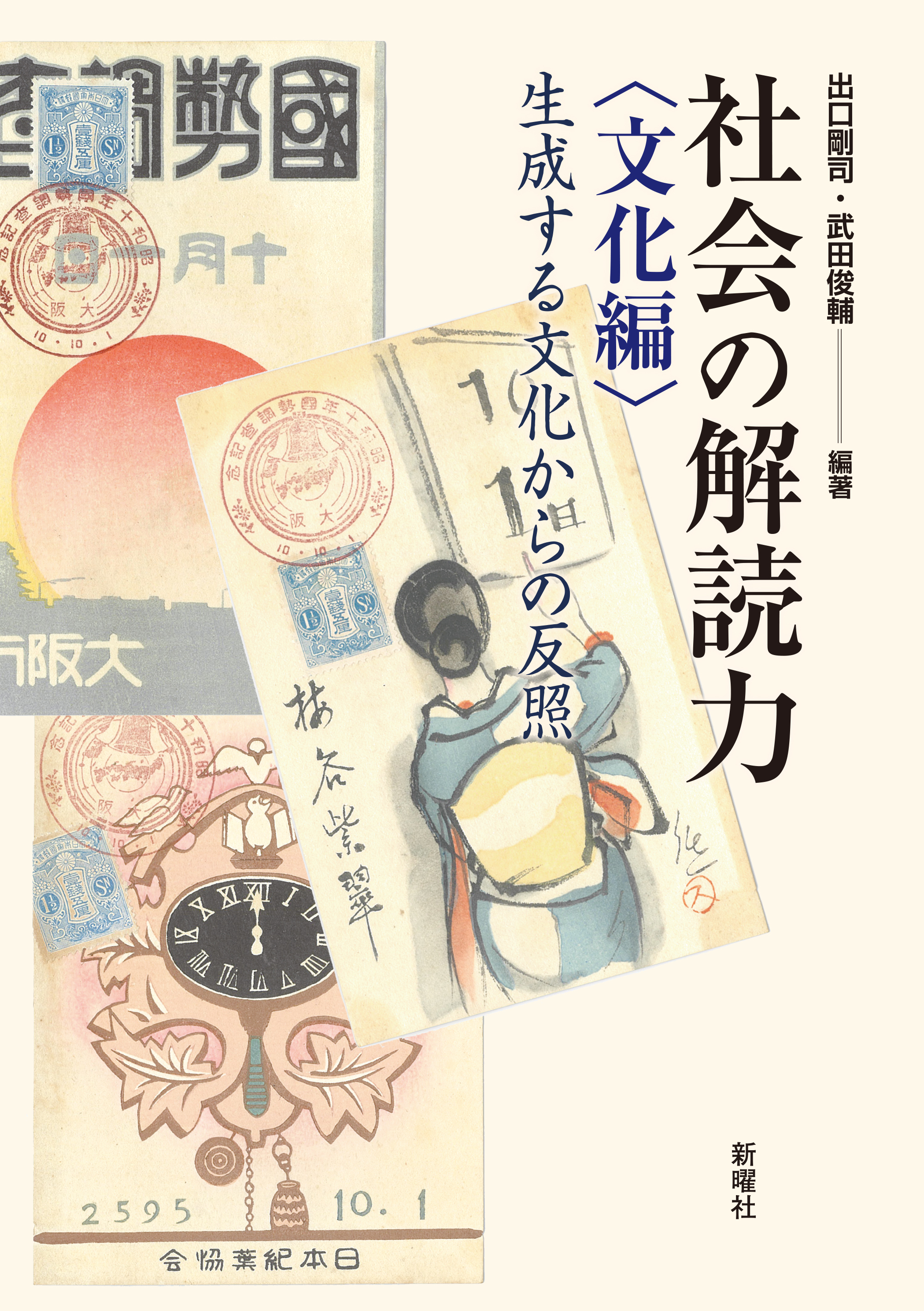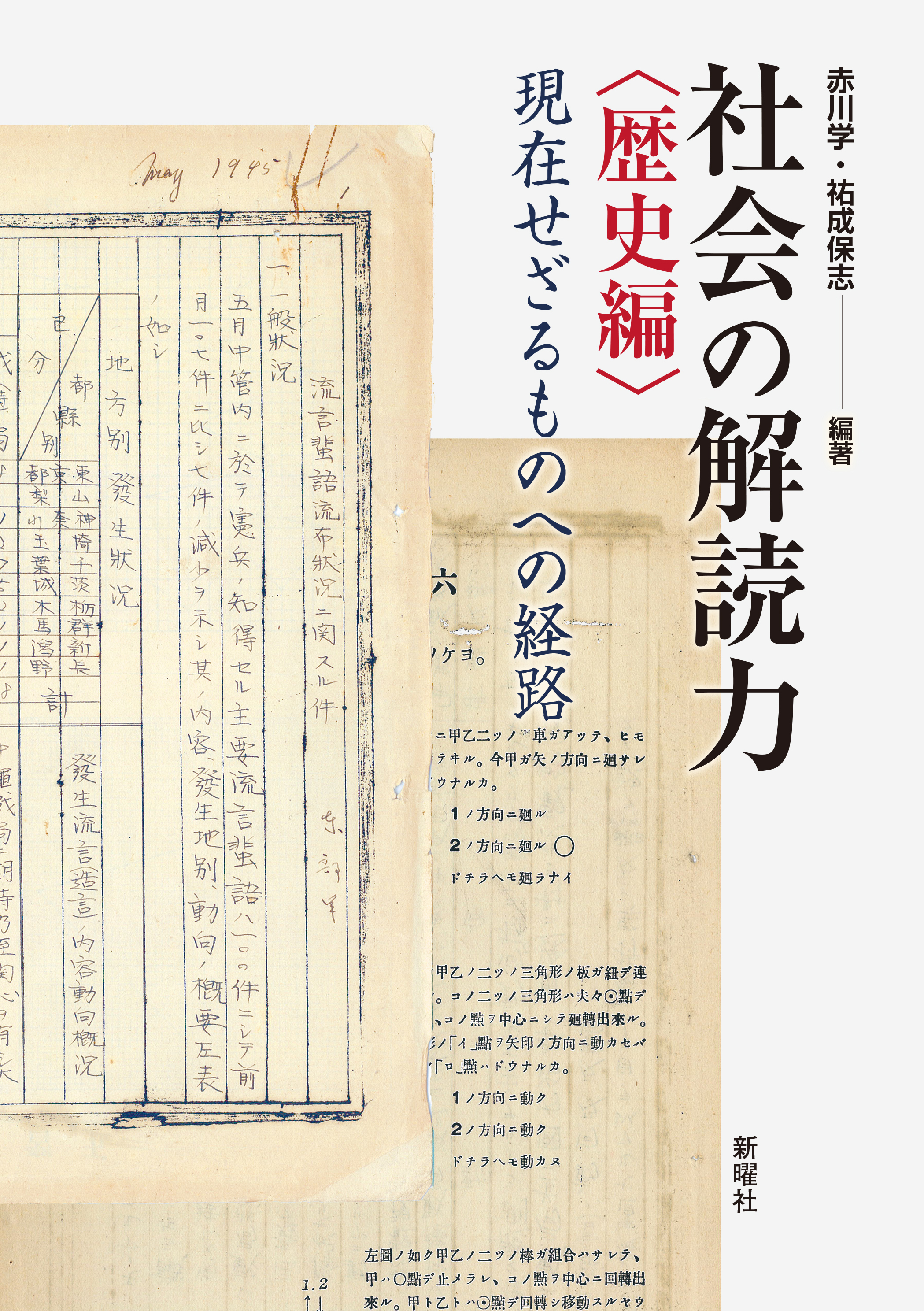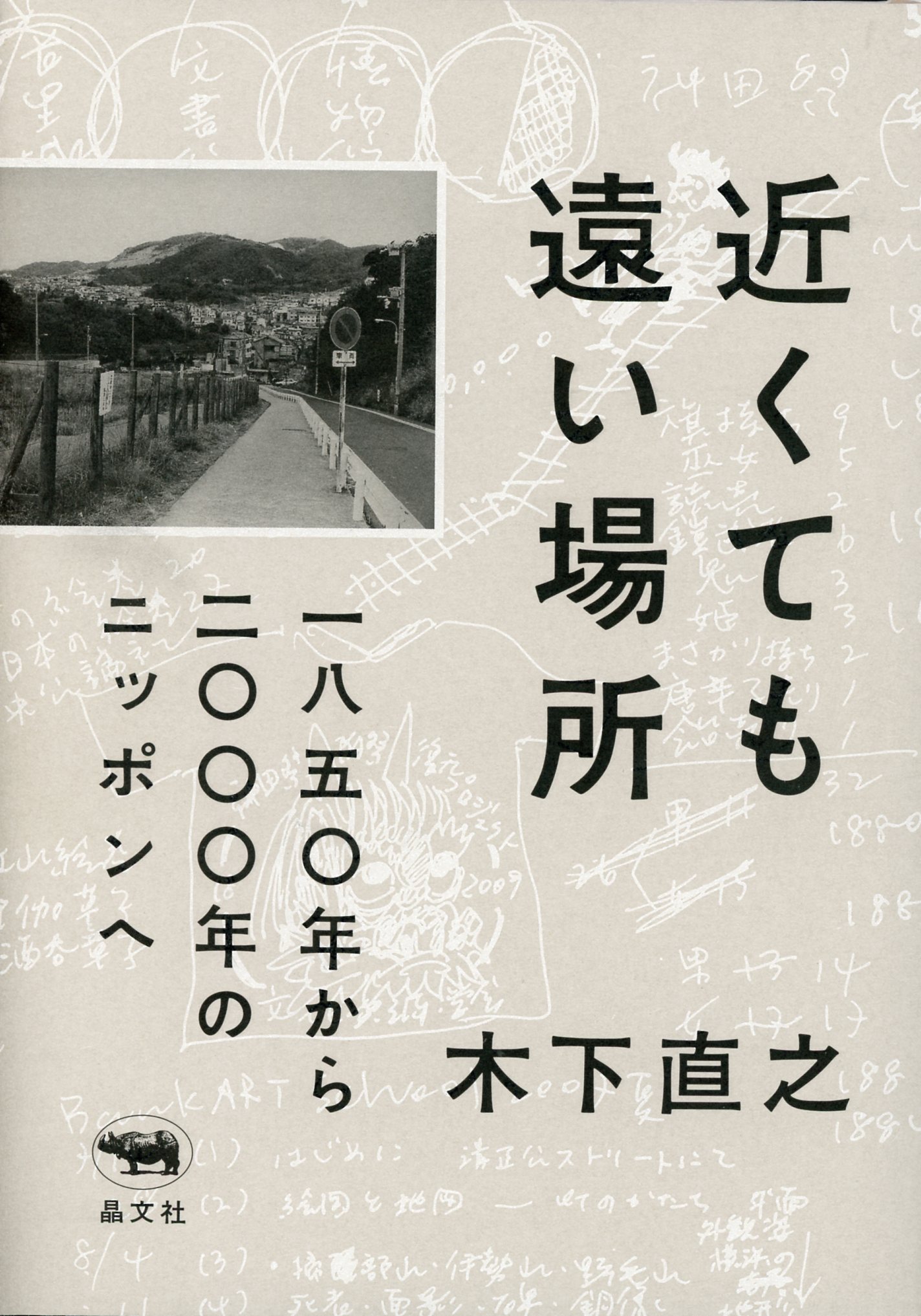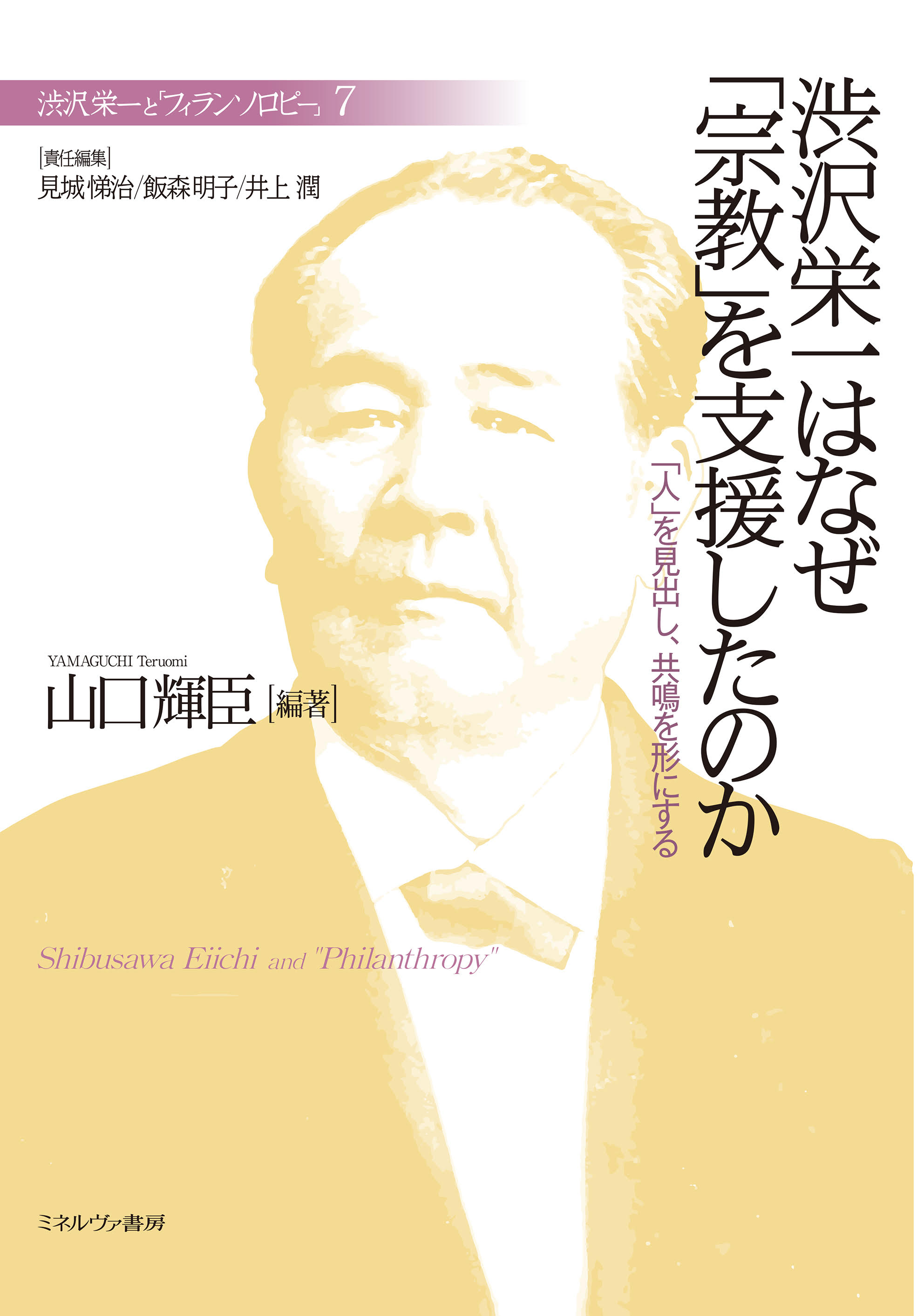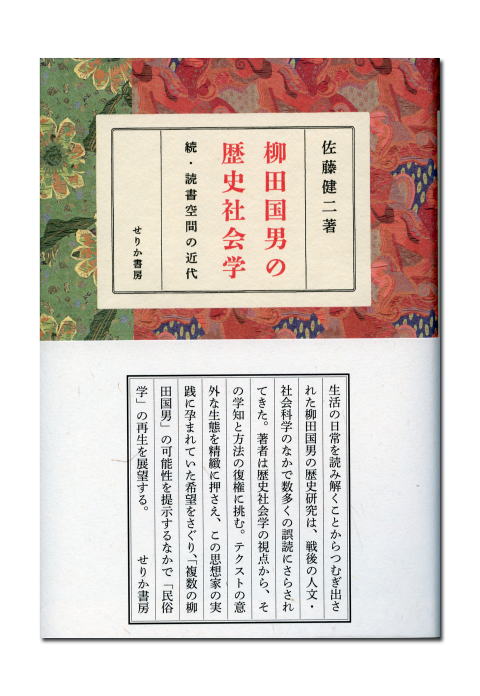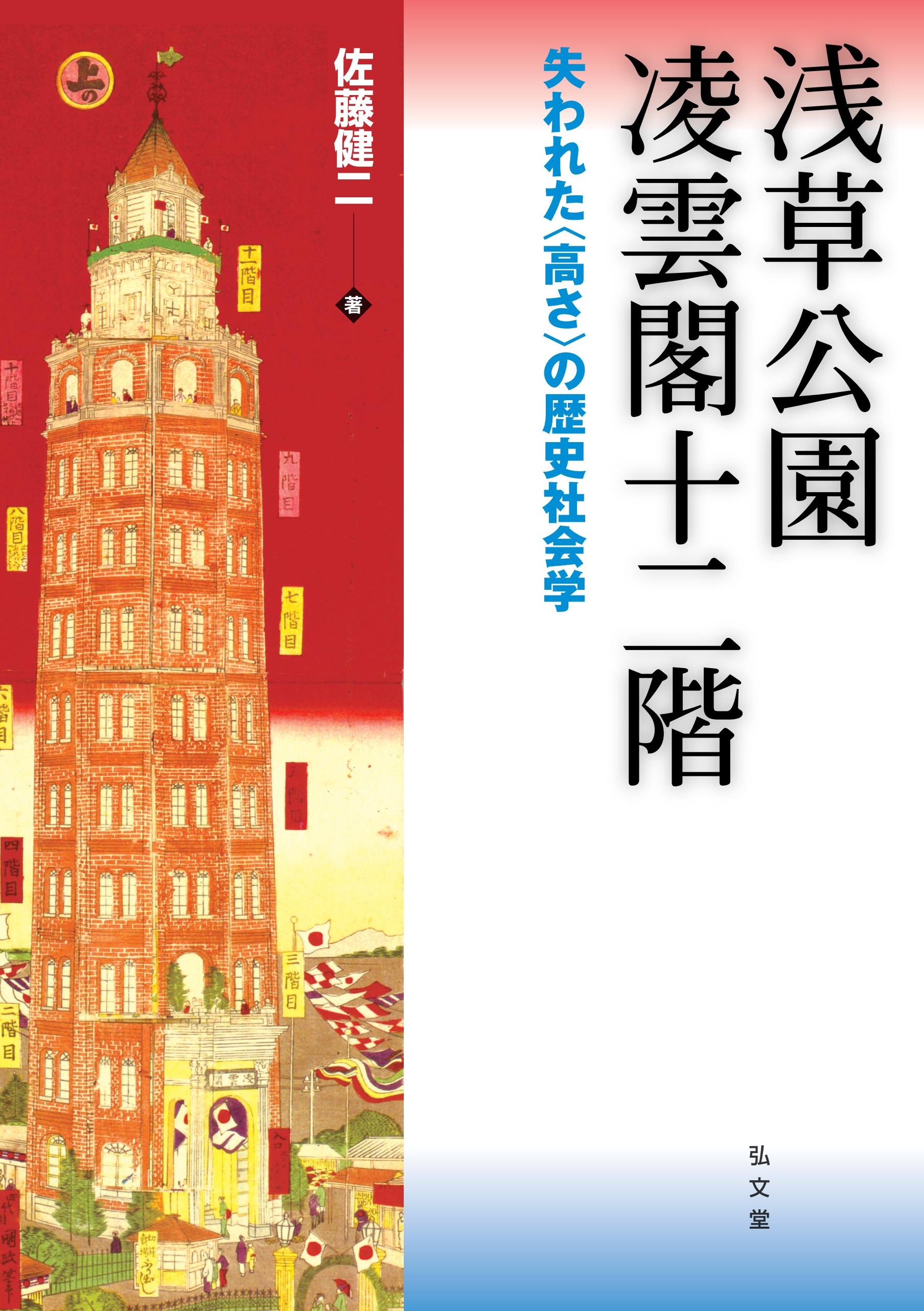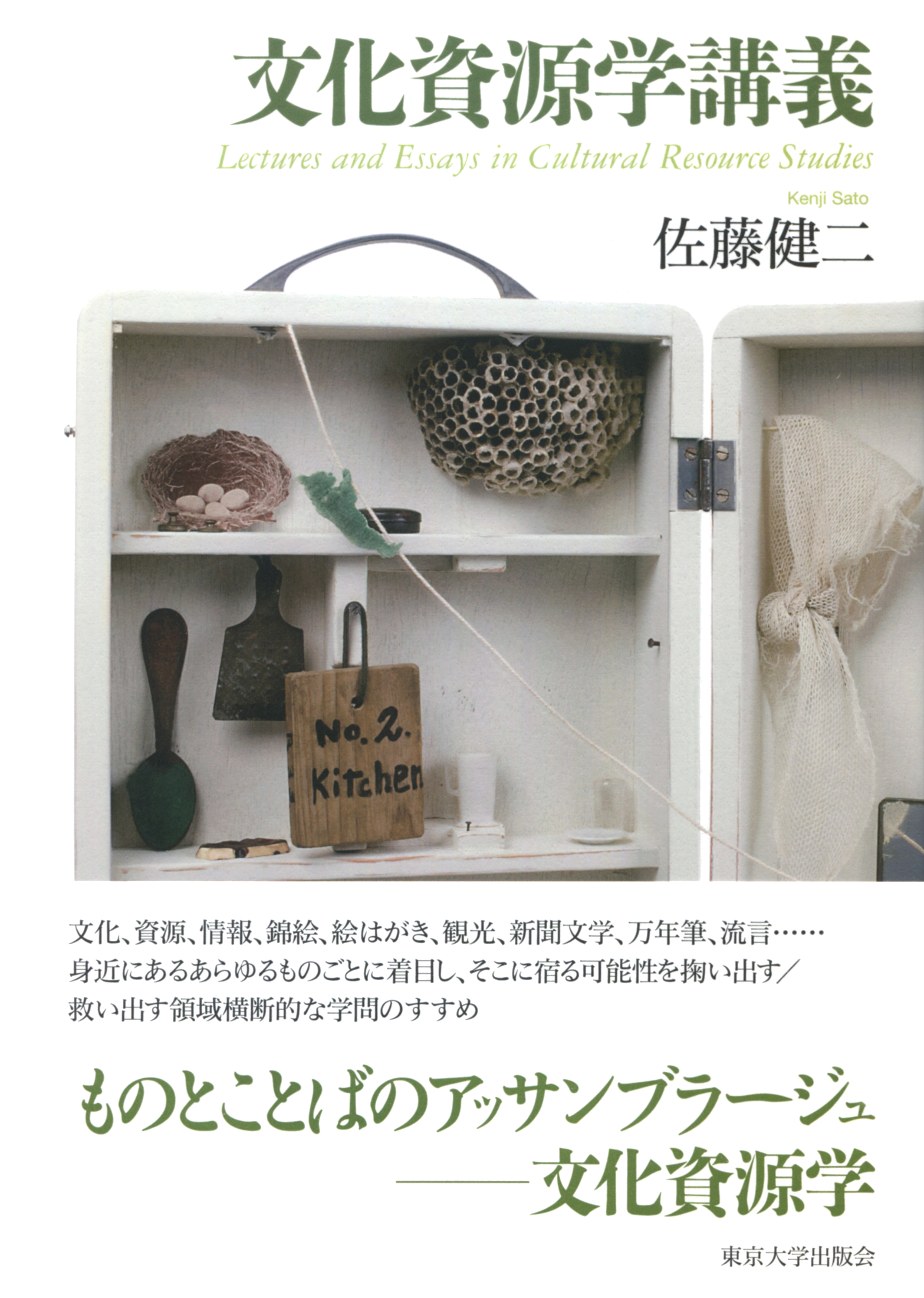
Title
Bunka-Shigen-gaku Kogi (Lectures and Essays in Cultural Resource Studies)
Size
308 pages, A5 format
Language
Japanese
Released
September 19, 2018
ISBN
978-4-13-050195-8
Published by
University of Tokyo Press
Book Info
See Book Availability at Library
Japanese Page
Cultural Resource Studies is an academic name given to a special program that was established in the Graduate School of Humanities and Sociology at the University of Tokyo in 2000. In this book, the author, who was involved with the program from the time of its founding, looks back on the discipline’s methods and its potential. Rather than discuss the discipline in conceptual and general terms, this book was compiled as a series of lectures and essays with the aim of introducing to readers the character of Cultural Resource Studies through practical examples of analyses of concrete themes and subject matter.
The opening three chapters, “What Is Culture?” “What Are Resources?” and “What Is Information?” form an introduction to basic theory. Since culture, resources, and information are terms that we often hear, we feel we understand them, but when we start to think about them, we are perplexed by the vagueness of their meaning. At the same time, as their definitions are ambiguous and wide-ranging, we find that we have engraved upon them various preconceived notions that point our thinking in certain directions. For instance, culture is assumed to be some sort of thing of value, but is it really acceptable not to doubt this understanding? What is it we lose from the seemingly self-explanatory translation “culture = bunka”? What difference of perspective separates “resources” from “capital”? These lectures and essays attempt to shed light on the various hidden elements of words, relativize the restraints of preconceived notions and revive the historicity and publicness of concepts. Through analysis of these concepts, the first part of the book establishes the epistemological framework grounding the discipline of Cultural Resource Studies.
The second section takes concrete things as the objects of study, while at the same time questioning what kind of issues for cultural analysis can be derived from the particular object or incident. In the sense that it deals directly with the range of practices and methods that make this kind of research possible, this section plays the role of a practicum or seminar in applied research. Concretely, it draws on graphic information such as color woodblock prints in newspapers, woodblock prints of war scenes, and picture postcards, to analyze the forgotten genre of “newspaper literature;” it takes up the fountain pen as the new writing implement of the modern age; then it considers fieldwork as a method of research; and finally, it considers changes in the way we understand occupations in the modern age, as seen through the birth of concepts such as jitsugyō (business). The motif running through the second part of the book is the decoding of meanings constituted by the existing forms of things themselves, and the construction of a methodological framework for pursuing this decoding.
The final section is positioned as a “special lecture,” but, content-wise, it has the character of a case study at the level of a graduation thesis, taking up the topic of rumors at the time of the Great Kantō Earthquake. Grappling anew with issues in the author’s earlier work Ryūgen Higo [Rumors] (Tokyo: Yūshindō Kōbunsha, 1995), this section pursues several new aspects of the issues raised there and offers some original discoveries. The method used here involves reassembling the information generated by police materials and interrogation reports from different districts to bring to light the mechanisms of rumor propagation and amplification in the Tokyo metropolis of 1923. This historical case study offers hints for analysis of the media space of contemporary society as well.
(Written by SATO Kenji, Professor, Graduate School of Humanities and Sociology / 2020)



 Find a book
Find a book


